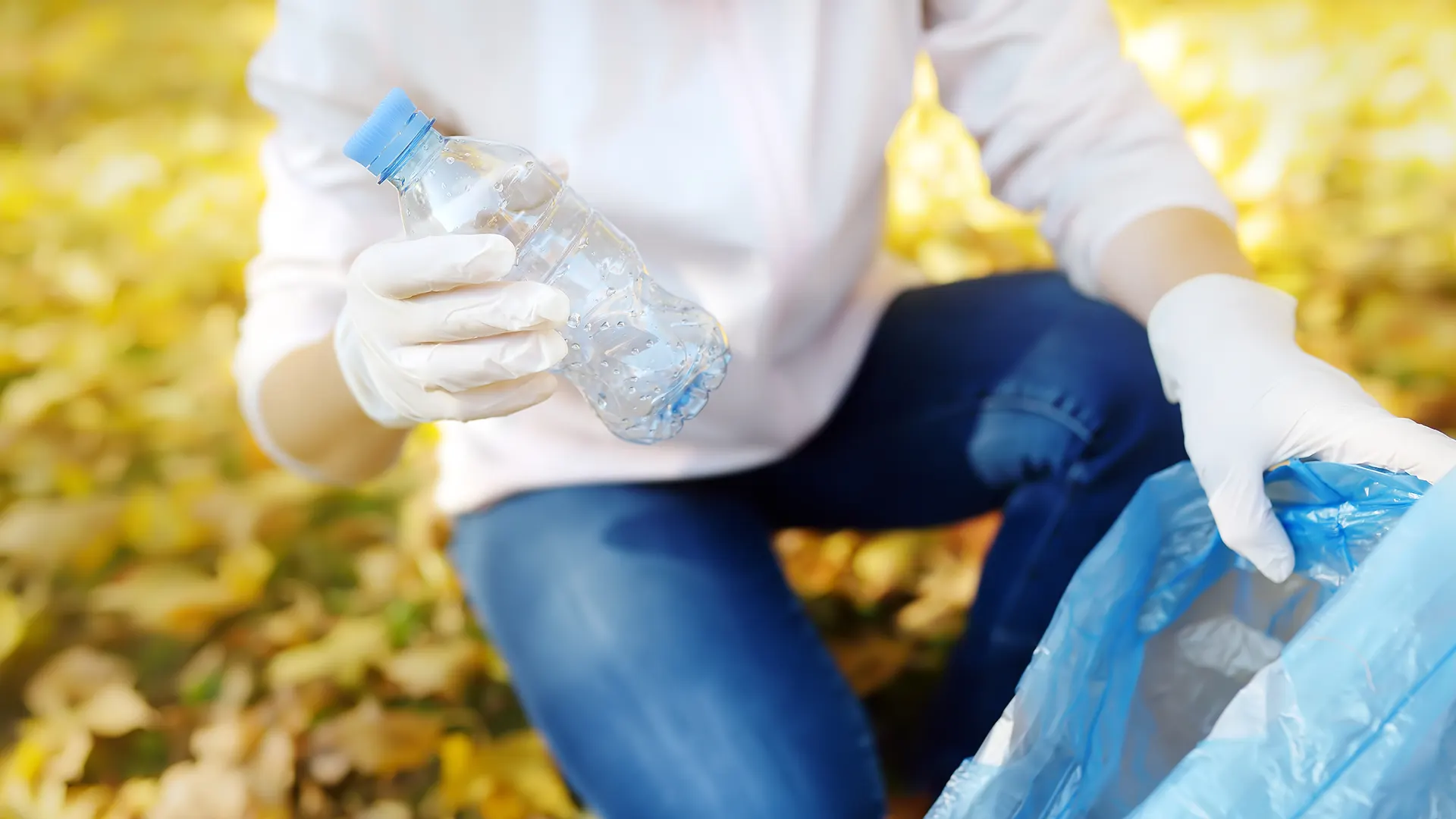
Accelerated Biodegradation in Plastics: How It Works and Why It Matters
Accelerated plastic biodegradation is a process that enables plastics to break down more quickly in specific environments, such as landfills, is gaining popularity. Unlike compostable plastics, which require industrial facilities, these modified materials remain stable during use but degrade faster after disposal.
This article explains how accelerated biodegradation works, how it’s tested, and how additives like EcoPure® are helping traditional plastics break down faster without compromising product performance.
Why Conventional Plastics Don’t Biodegrade Naturally
Plastics like polyethylene (PE), polypropylene (PP), and polystyrene (PS) are built for strength and durability. Their tightly bonded polymer chains resist breakdown from light, heat, water, and microbial activity. This is beneficial for packaging and storage, but it also means plastic waste can persist for hundreds of years in landfills and the environment.

What Is Accelerated Biodegradation in Plastic Materials?
Accelerated biodegradation refers to modifying plastic resins so they break down more rapidly once exposed to microbial environments—especially in landfills. These materials are still made from traditional plastics, but include additives that make them more accessible to bacteria and fungi.
Unlike oxo-degradable or compostable plastics, these do not degrade through heat or UV light, and they don’t require specialized composting facilities. The breakdown process begins only in biologically active disposal sites.
How Biodegradable Plastic Additives Enable Landfill Degradation
Additives used for accelerated biodegradation function by creating “entry points” in the polymer structure. These entry points allow microbial enzymes to attach and begin digesting the material. Once in a landfill environment, microbes convert the plastic into methane, carbon dioxide, and biomass.
This process is not visible or immediate—it is measured scientifically through gas production over time using controlled testing environments.
ASTM D5511 Testing: Measuring Plastic Biodegradation in Landfill Conditions
ASTM D5511 is the most common test method for measuring anaerobic biodegradation of plastic materials. It simulates the oxygen-free conditions found in active landfills and tracks the generation of methane and carbon dioxide as microbes break down the sample.
This test is especially important because it reflects real-world disposal environments, where most plastic waste ends up. A high gas output in this test indicates that microbial digestion is taking place, validating the biodegradation claim.
EcoPure® as a Case Study in Accelerated Plastic Breakdown
EcoPure® is a widely used additive that promotes biodegradation in landfill conditions. It is incorporated into plastic resins at low concentrations (typically between 0.7% and 2%) without altering the product’s appearance or usability.
In ASTM D5511 tests, plastics treated with EcoPure® showed significantly higher biodegradation rates than untreated samples. Depending on the type of plastic, some materials achieved more than 80% biodegradation within 330 days. These results demonstrate how additives can accelerate plastic decomposition without affecting shelf life or strength.
Advantages of Accelerated Biodegradable Plastics for Manufacturers
For manufacturers who rely on traditional plastics, switching to compostable or alternative materials is not always practical. Accelerated biodegradable plastics offer a middle-ground solution:
- Compatible with existing equipment and processes
- Maintain standard product performance and shelf life
- Begin breaking down only after disposal in microbial environments
- Meet regulatory standards when properly tested
However, it’s important to ensure proper labeling and avoid unsupported environmental claims. Third-party verification and compliance with standards like ASTM D5511 are key.
Accelerated biodegradation isn’t a complete solution to plastic pollution, but it’s a practical step forward. By modifying conventional plastics to break down more efficiently in landfills, this approach helps reduce the environmental impact of products that are otherwise difficult to recycle or replace.
With proper implementation and testing, accelerated biodegradation offers a scientifically sound path toward more responsible plastic use.


